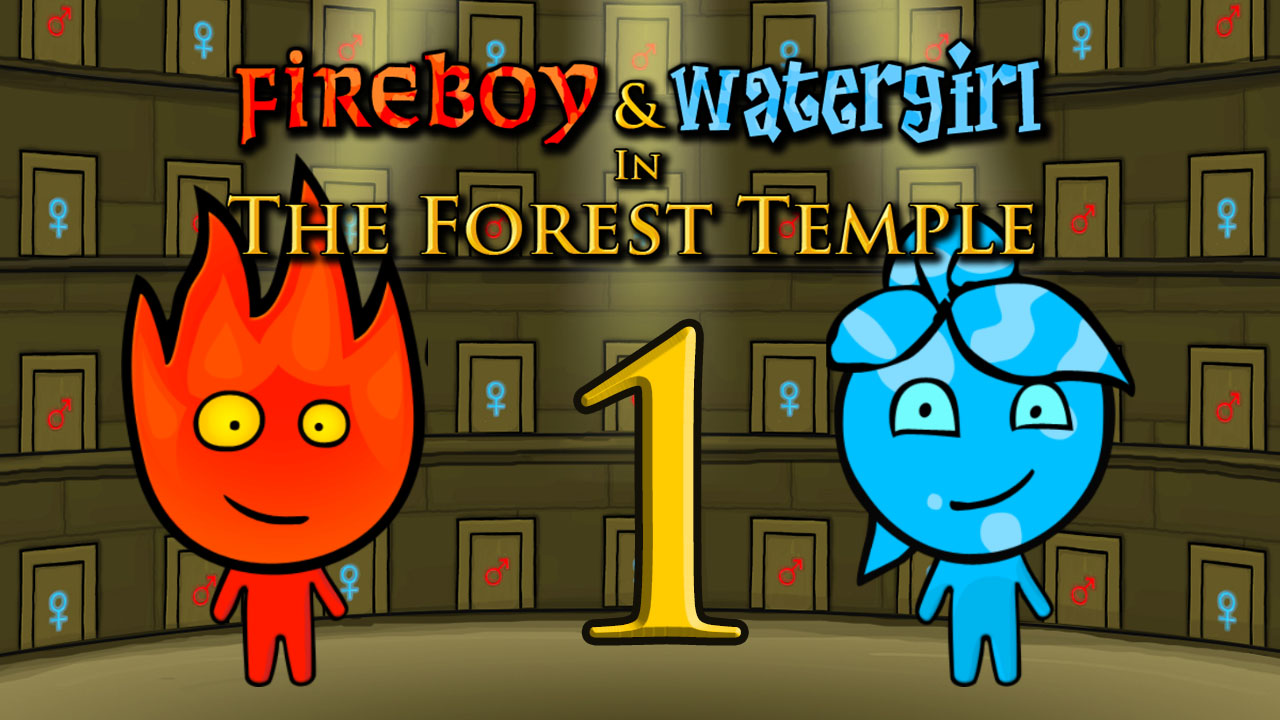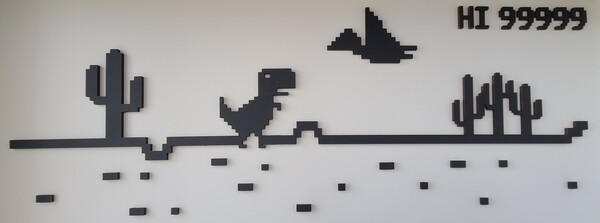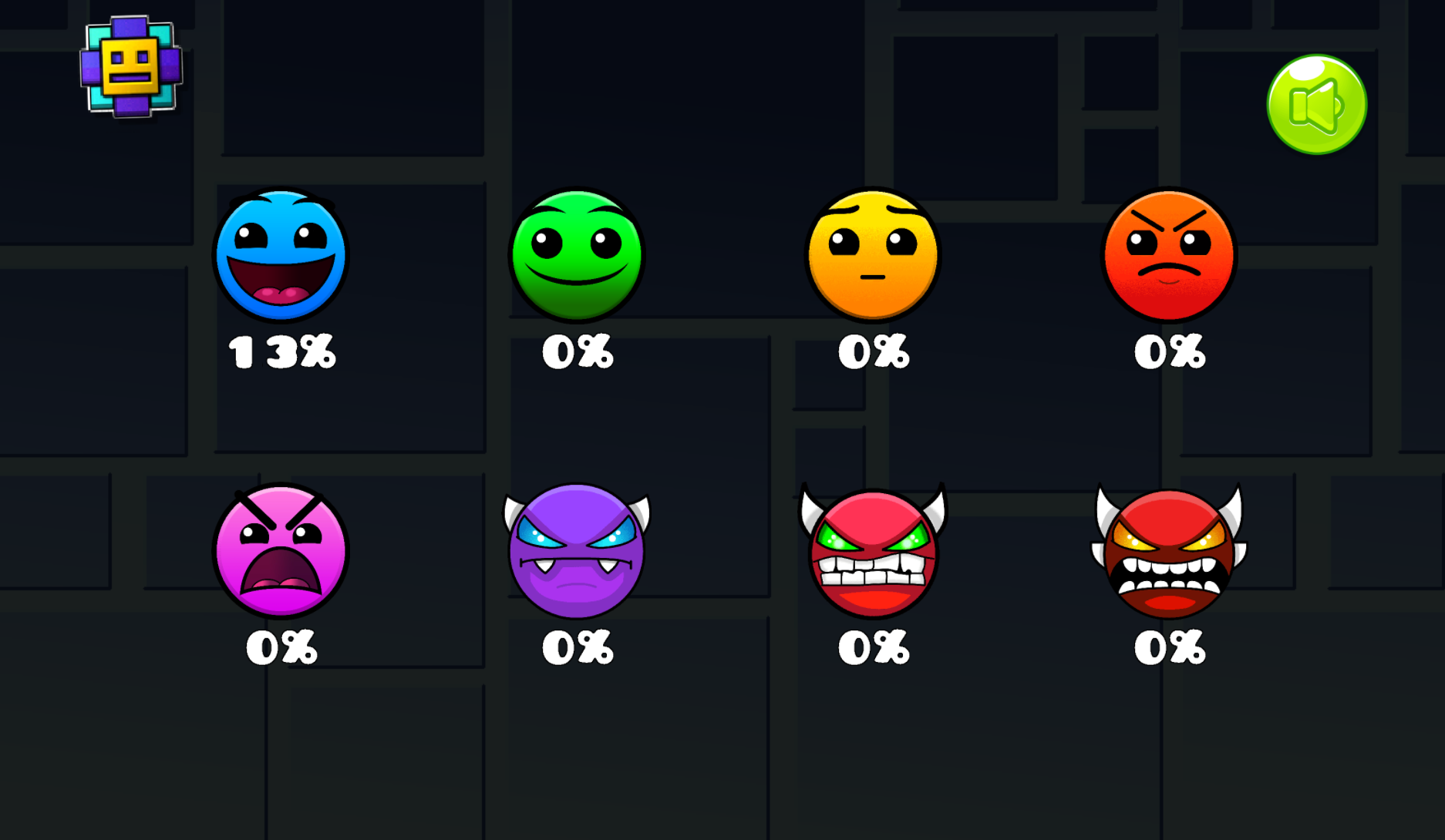Those Nights at Fredbear’s
Step back into the shuttered family restaurant, monitor every hallway, and survive until sunrise in the definitive browser build.
More Haunted Picks
Keep the adrenaline flowing with more survival horror, puzzle breathers, and community favorites curated by the Fredbear’s crew.

Team up with a helpful fairy and solve enchanted temple puzzles
Team up with a helpful fairy and solve enchanted temple puzzles

Play Fireboy & Watergirl: Forest Temple in Your Browser
Play Fireboy & Watergirl: Forest Temple in Your Browser

Care for the Sweetest Royal Guardian
Care for the Sweetest Royal Guardian

Meme vaults to crack. Traps to dodge. Loot to bank.
Meme vaults to crack. Traps to dodge. Loot to bank.

Spin the Undertale Meme—Behind the Wheel
Spin the Undertale Meme—Behind the Wheel

Drift, tune, and rule the neon streets
Drift, tune, and rule the neon streets

Play Hotline Miami in Your Browser
Play Hotline Miami in Your Browser

Dino Game — Sprint, Jump, Repeat
Dino Game — Sprint, Jump, Repeat

One tab, countless voxel adventures
One tab, countless voxel adventures

Wall-jump your way across a sugar-sweet world
Wall-jump your way across a sugar-sweet world

Turn dominoes into a daily deduction ritual
Turn dominoes into a daily deduction ritual

Play Sort the Court! Free in Your Browser
Play Sort the Court! Free in Your Browser

Play Wordle 2 Unlimited in Your Browser
Play Wordle 2 Unlimited in Your Browser

Check the box—then survive the chaos
Check the box—then survive the chaos

Ride the waveform to the beat
Ride the waveform to the beat
Free-Roam Survival in a Shuttered Family Diner
Explore, listen, and endure in a diner that won’t stay quiet
Step into a dimmed restaurant after hours, where the creak of vents and the hum of old wiring mask subtler dangers. In this free-roam survival experience, you aren’t locked to a desk or limited to watching screens; you move through corridors, storerooms, party rooms, and service halls, steering your own path each night. Your goal is simple to state and challenging to achieve: make it to morning while gathering the clues that explain what went wrong here. Every footstep you take, every switch you flip, and every hiding spot you choose can be the difference between making progress and becoming another note in the building’s long, unsettling history.
Why this format feels scary in a fresh way
Instead of waiting for jump-scares at a fixed station, you patrol the building and take on the risk of movement. You’ll learn the rhythms of the environment: doors that stick before they open, lights that buzz before they stabilize, and distant machinery that sometimes masks something much less mechanical. The tension comes from choices—do you keep exploring for that one last document, or do you slip back to a safer corridor and regroup?
How to play: a step-by-step path to your first sunrise
1) Start, set goals, and stay aware
When a night begins, orient yourself. Find your bearings, test your flashlight if you have one, and scan for nearby hidey-holes, lockers, or alcoves that could save your life later. Your primary goal is survival, but every useful scrap of information—notes, blueprints, schedules—helps you open new paths or understand the patterns that govern the building’s more aggressive inhabitants. Keep your senses wide open: audio cues are often earlier and clearer than visual ones. If you hear a metallic clatter, a servo whine, or a dragging shuffle, stop and listen. Your next decision should follow the sound, not precede it.
2) Move with intent; don’t sprint without a plan
Free movement is empowering, but it’s also the fastest way to paint yourself into a corner. Map mental routes between rooms and mark safe loops you can run if something starts to tail you. Peek through doorways before committing to a hall. When you change rooms, close doors slowly to reduce noise unless you need speed more than stealth. Keep your eyes low and high; shadows might announce a threat before you see its source. If you catch a silhouette crossing a distant threshold, consider an alternate path instead of gambling on being faster.
3) Manage resources like a survivor, not a tourist
Power, batteries, and light sources are lifelines. If the building offers ways to reroute power between sections, plan your route to minimize backtracking. Save strong lighting for scans or moments of doubt rather than blasting every corridor. If you find documents, read them immediately or mark a safe nook to review them later—half-remembered warnings can get you in trouble. Use tools sparingly but decisively; a tool wasted is a corner you can’t escape later.
4) Balance curiosity and caution
Yes, secrets hide behind service doors and beneath stage platforms. Yes, new passages and codes can open once you gather enough intel. But every extra minute out in the open is a minute you could be tracked, flanked, or cut off from an exit. Build a cycle: explore a bit, retreat to safety, process what you’ve learned, plan your next push. This rhythm prevents overextending and keeps your resource usage sustainable across the entire night.
5) Expect the difficulty to escalate
Each new shift adds wrinkles: routes may lock, patrols get smarter, and objectives become more demanding. A corridor that was safe yesterday might funnel you into a dead end today. Your best defense is knowledge. Catalog patterns—the timing of footsteps in a hall, the interval between mechanical whirs near a maintenance room, the tendency for certain threats to favor particular wings of the diner. When a new rule appears, adapt immediately. Do not cling to last night’s solutions; the building won’t.
Core systems and how to use them well
Sound as your early warning system
Audio sits at the heart of survival. Footsteps, scraping metal, and the stutter of old relays each tell you something. Train yourself to pause after any unfamiliar noise. Turn your head and triangulate. If the sound grows, angle for an exit or a hiding spot. If it fades, advance carefully, but mark that location in your mind—the source may patrol back through soon.
Light as a double-edged tool
Light clarifies but also broadcasts your presence. Sweep with short bursts and avoid leaving a bright trail that teaches predators where you’ve been. If you must flood a room to search it quickly, block at least one doorway first and memorize a secondary escape route on the far side.
Hiding and breaking line of sight
When a chase begins, survival is about timing, angles, and silence. Use doorframes to force sharp turns behind you. Duck into nooks that let you watch an entrance without being seen from the hall. If your pursuer is adaptive, don’t rely on the same hideout twice in a row. Cycle between options: locker—table—behind-stage—utility closet. Repetition invites prediction.
Clues, notes, and environmental storytelling
The diner is a puzzle box built from flyers, memos, schedules, and misplaced tools. A torn clipboard might hint that a birthday party ran late, telling you why a particular wing goes noisy at certain hours. A contractor’s invoice could list a door code written in shorthand. Photographs might reveal stage layouts that no longer match the room, pointing to a hidden panel. Treat every scrap as a piece of a larger assembly. When details repeat across nights, take them seriously—patterns are rarely accidents.
Strategies for steady progress
Plan loops, not lines
A straight route from A to B is fast once, risky forever. Build loops that pass by two hideouts and an alternate exit. Loops let you reset a pursuit without running blindly into unknown territory. They also help you revisit useful rooms on a schedule, checking for respawned items or newly accessible drawers.
Create safe review points
Information is worthless if you die before using it. Designate safe review points—quiet corners where you can read notes and update your mental map. After each find, retreat, review, and then re-enter the search with a new goal. This cadence keeps you efficient and alive.
Time your risk
Accept that some moments demand boldness. If you detect a patrol passing away from a key area, seize that window. Sprint with intent, complete your objective, and then return to stealth. The skill is in recognizing when the window opens and refusing to hesitate once it does.
What makes the tension stick
Free-roam design pairs exploration with responsibility. You are never forced to stay in one spot, but freedom means you set the stakes of every decision. The inhabitants don’t simply wander—they react. Linger too long in a loud room and you might draw attention. Revisit the same route too often and you might find it cut off. These behaviors give the place a memory of your actions, turning each night into a chess match where the board subtly changes just as you begin to master it.
Highlights you’ll feel in every session
- High interactivity: Move at will, open what you dare, and learn the building’s logic by touching it, not just watching it.
- Adaptive pressure: Threats grow more cunning, forcing you to improvise instead of repeating safe routines.
- Environmental story: Notes, backstage corners, and sealed doors reveal the narrative piece by piece.
- Pacing that breathes: Slow, careful searching snaps into frantic escapes and settles back again, keeping you focused.
Beginner mistakes to avoid
New players often overspend power early, sprint everywhere, and read notes in exposed spots. Resist those urges. Move deliberately, scan from cover, and keep a fallback plan. If your route forces you past a blind corner, pause and listen before rounding it. If a room offers multiple exits, memorize them on entry; you won’t have time once things turn loud.
Final word for night one
Your first success won’t be flashy. It will look like caution, good ears, and a handful of clues you pieced together under pressure. That’s the loop: learn, adapt, and survive long enough to try again with sharper instincts. Each night adds complexity; each document you recover makes that complexity manageable. Keep your movements intentional, your resources conserved, and your exits memorized. Do that, and the diner’s darkest corners become navigable—dangerous, yes, but navigable—and sunrise becomes a plan instead of a wish.